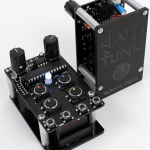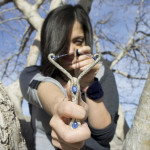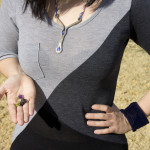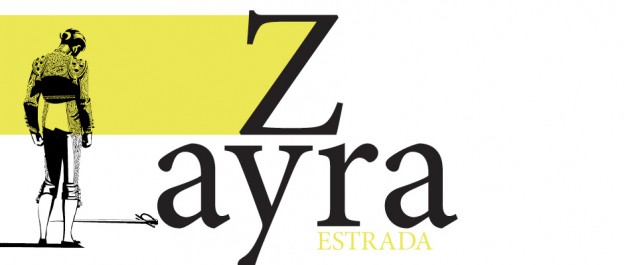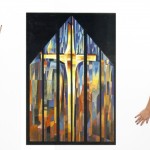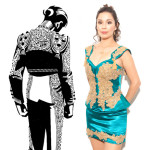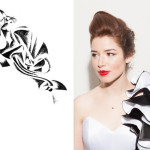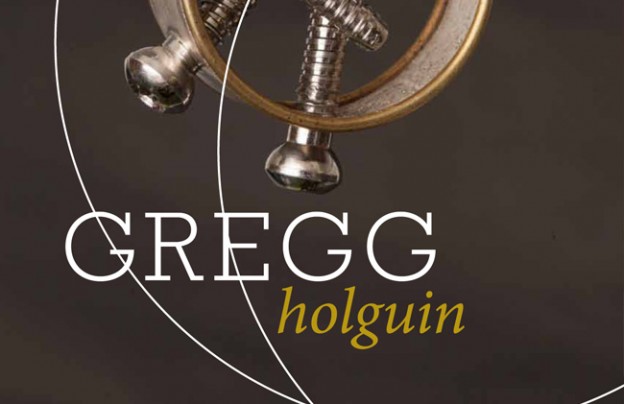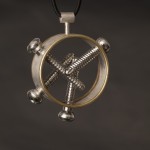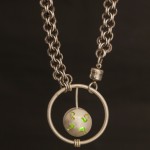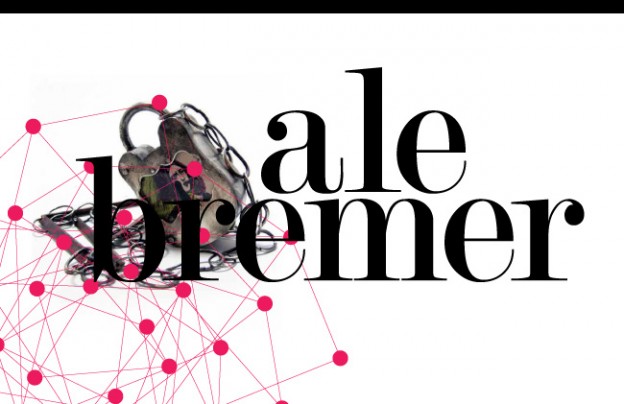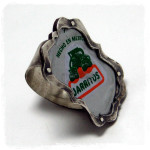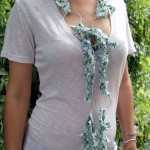Dam Drum
By Justin Leeah
If you haven’t already bought a Dam Drum, then you’re not gonna get a Dam Drum. It was a very limited production of only 100 units. Don’t worry, though, you’ll probably see them on eBay going for something like $1,000 in a year.
The Dam Drum is a collaborative effort by Stones Throw Records’ DâM-FunK and Bleep Labs out of Austin, TX. Bleep Labs is a boutique manufacturer of unique and innovative noise making devices of the circuit-bending ilk.
This tiny device consists of a PCB board containing 4 colored buttons to trigger and play drum sounds, 4 buttons to perform playback, record and tempo functions, 2 potentiometers that manipulate the pitch of the top 2 drum sounds, and an op amp, d/a chip, 4 resistors, 5 capacitors, voltage regulator, and an Atmega 328. That’s right. For all you nerds and electrical engineers out there, it’s Arduino based. So if you didn’t get one of the 100 that were made, then . . .
It has a primitive look, but it is still scientifically relevant. Think Mad Max meets Kraftwerk. Bleep Labs design their toys to make you want to grab them and push the buttons to see what happens, and with the Dam Drum, good things come out when you do just that. Written into the code is an automatic quantize function with a 16th note resolution.
No matter how bad your timing is, your “out-of-time” recordings will find their way to the nearest 16th note. In fact, if you have good timing, you may become frustrated by the latency of the device’s 8-bit Atmega processor. If you’re trying to record a specific pattern, you will need to learn to anticipate the beat. Actually, if you’re trying to play a specific pattern, you should probably look elsewhere, because the coolest thing about it is that beats you would never dream of will come out. The Dam Drum is all about Accidental Latency Creation, and knowing how and where to use it when it comes out of this amazingly simple little slab of Printed Circuit Board.
The Dam Drum 2.0 was released on January 9, 2013 and it should be no surprise, that version sold out as well!
Photographs courtesy of Peter Svarzbein



